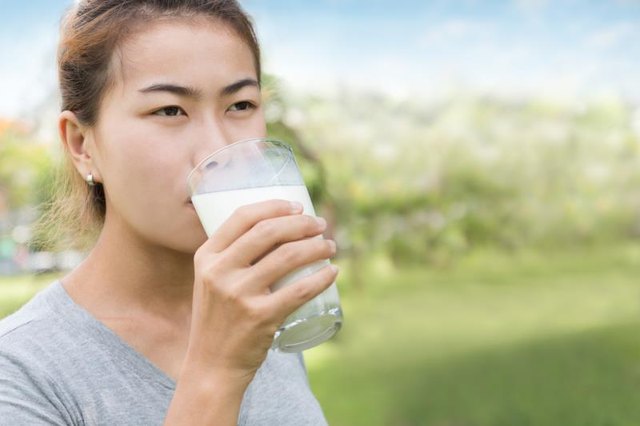
Electrolytes are minerals in your body that have an electric charge. There must be a balance between the electrolytes with positive charges and those with negative charges, and all must stay within a certain range. If that balance is lost or if they stay outside the normal range, it can be harmful. The main electrolytes include sodium, potassium and calcium. Sodium and potassium are important for your nervous system, while potassium is also important for your heart. Your muscles need the proper amounts of calcium.
Hypernatremia
Hypernatremia is the name that is used if the sodium levels in your blood are higher than the normal value; that is, higher than 145 mEq/L. At first, you may only feel thirsty, but if your levels are not corrected, you will start to feel irritable and weak. If the sodium levels continue to rise, you will now have what is referred to as severe hypernatremia, levels higher than 158 mEq/L. At this point, you can become delirious, disoriented, have seizures and even go into a coma.
Hyponatremia
This term is used to define blood sodium levels lower than 135 mEq/L. With hyponatremia, as explained by Dr. Cho, Assistant Clinical Professor of Medicine at the University of California, you will not have any symptoms with levels at 130 mEq/L. Even at 110 mEq/L, you will not have symptoms if your levels drop slowly over a period of weeks to months, because your brain will have time to adjust. Levels that drop rapidly will make you nauseous. And then, you will have headaches and become disoriented. If this is not corrected, you can have seizures and go into respiratory arrest and a coma.
Hyperkalemia
Potassium levels higher than 5 mEq/L is referred to as hyperkalemia. You may not have any symptoms, but if your levels reach higher than 6.5 mEq/L, then the signals that go from your nerves to your muscles will be impaired. This will give you paralysis, make your muscles weak and lessen your reflexes. Because nerves also stimulate your heart muscle, you can also have cardiac changes.
Hypokalemia
Potassium levels lower than 3.5 mEq/L is defined as hypokalemia. Once again, your muscles are affected. You will have cramps, muscle weakness and even constipation. If your levels drop below 2.5 mEq/L, you can have poor reflexes and paralysis.
Hypercalcemia
If your blood’s calcium levels are higher than 10.2 mg/dL, this is considered to be hypercalcemia. Medical students across the country have memorized the phrase “bones, stones, abdominal groans, psych overtones,” for these are the symptoms of hypercalcemia--bone fractures, kidney stones, the “abdominal groans” of vomiting and constipation. “Psych overtones” leave you feeling tired and weak, with a change in your mental alertness.
Hypocalcemia
Calcium levels lower than 8.5 mg/dL are considered as hypocalcemia. Dr. Cho writes that hypocalcemia makes the muscle cells and the nerve cells more excitable. Thus, the symptoms include muscle spasms, which cause cramps. You can also have abdominal pain and convulsions. You will have a facial spasm if your physician taps your facial nerve. This is called the Chvostek’s sign.





